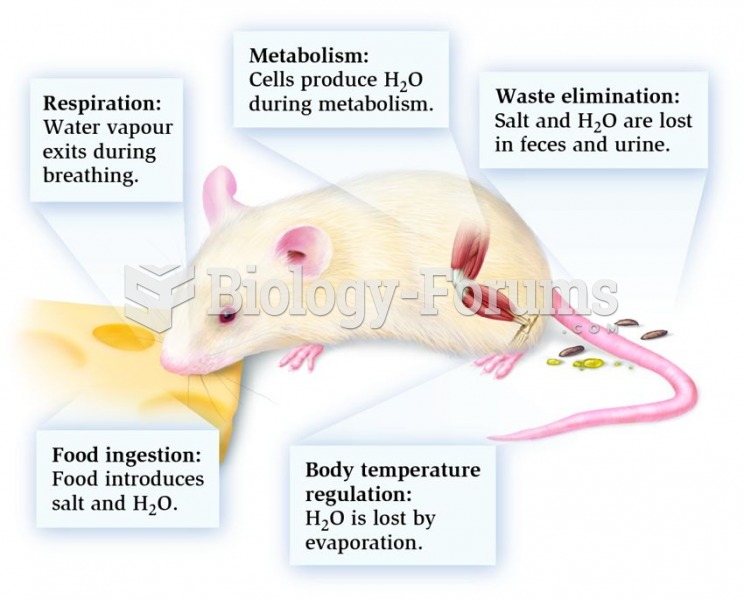|
|
|
Did you know?
The first oncogene was discovered in 1970 and was termed SRC (pronounced "SARK").
Did you know?
Though methadone is often used to treat dependency on other opioids, the drug itself can be abused. Crushing or snorting methadone can achieve the opiate "rush" desired by addicts. Improper use such as these can lead to a dangerous dependency on methadone. This drug now accounts for nearly one-third of opioid-related deaths.
Did you know?
Approximately 25% of all reported medication errors result from some kind of name confusion.
Did you know?
Thyroid conditions may make getting pregnant impossible.
Did you know?
The average adult has about 21 square feet of skin.







